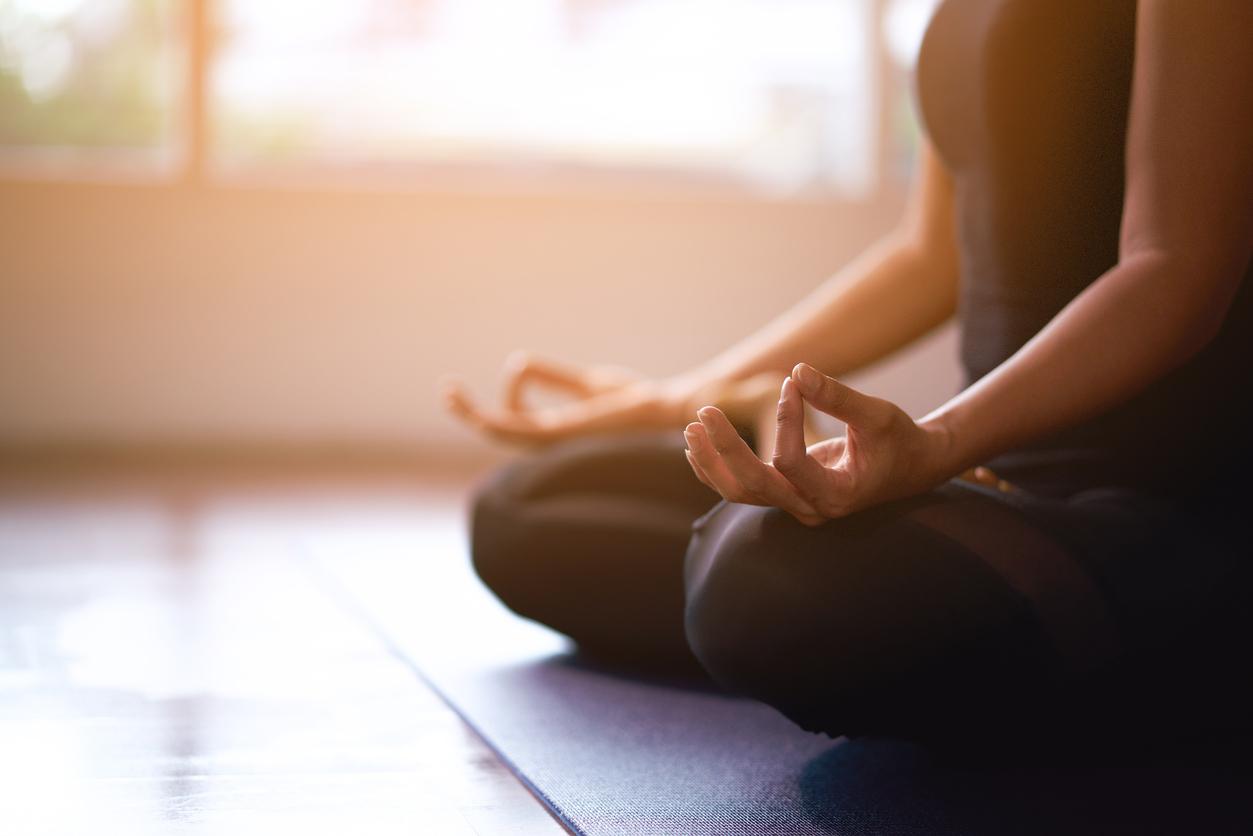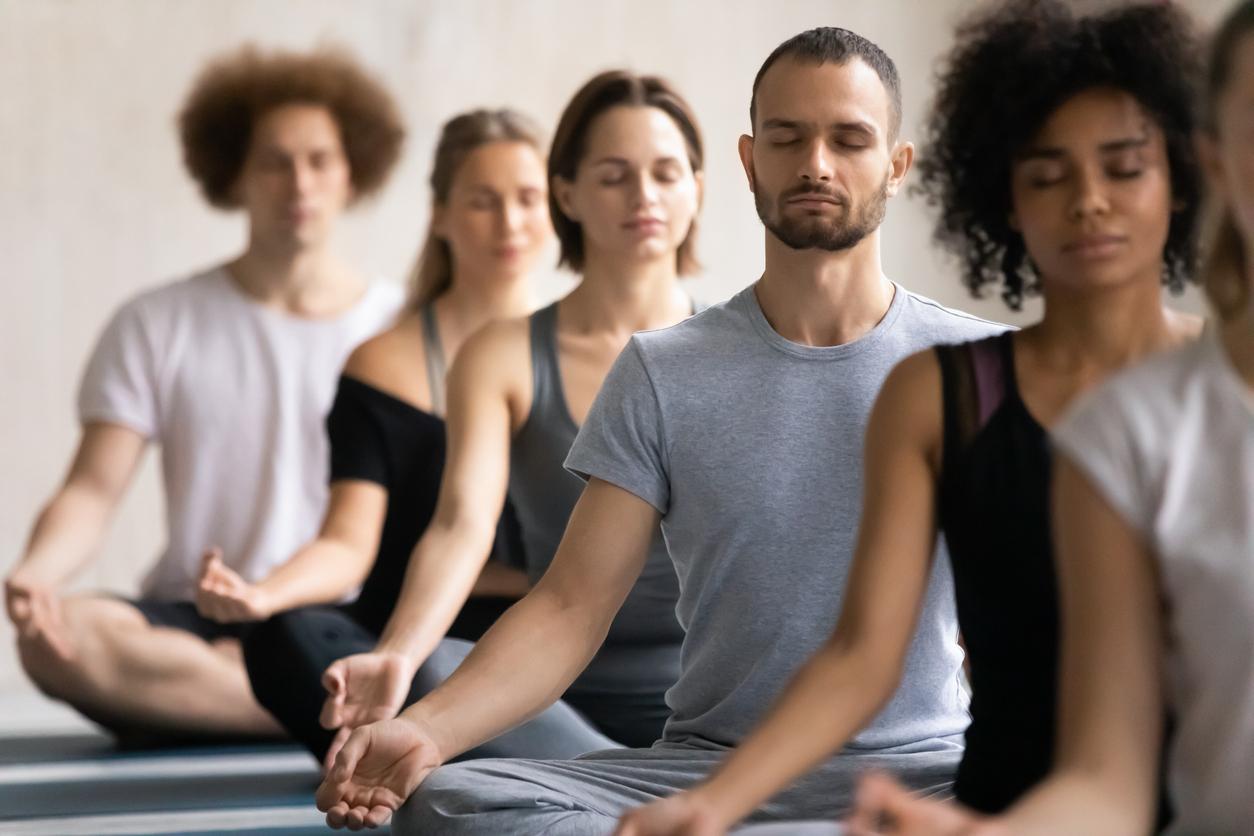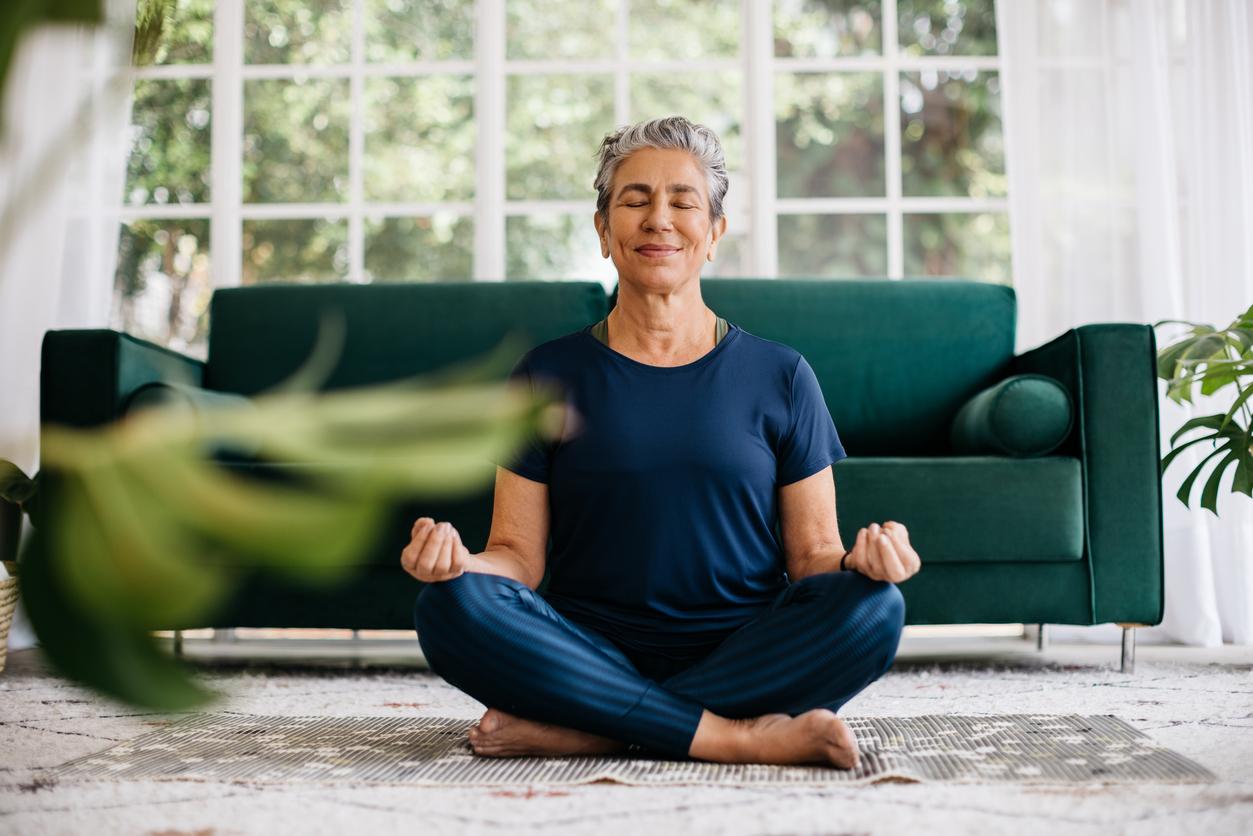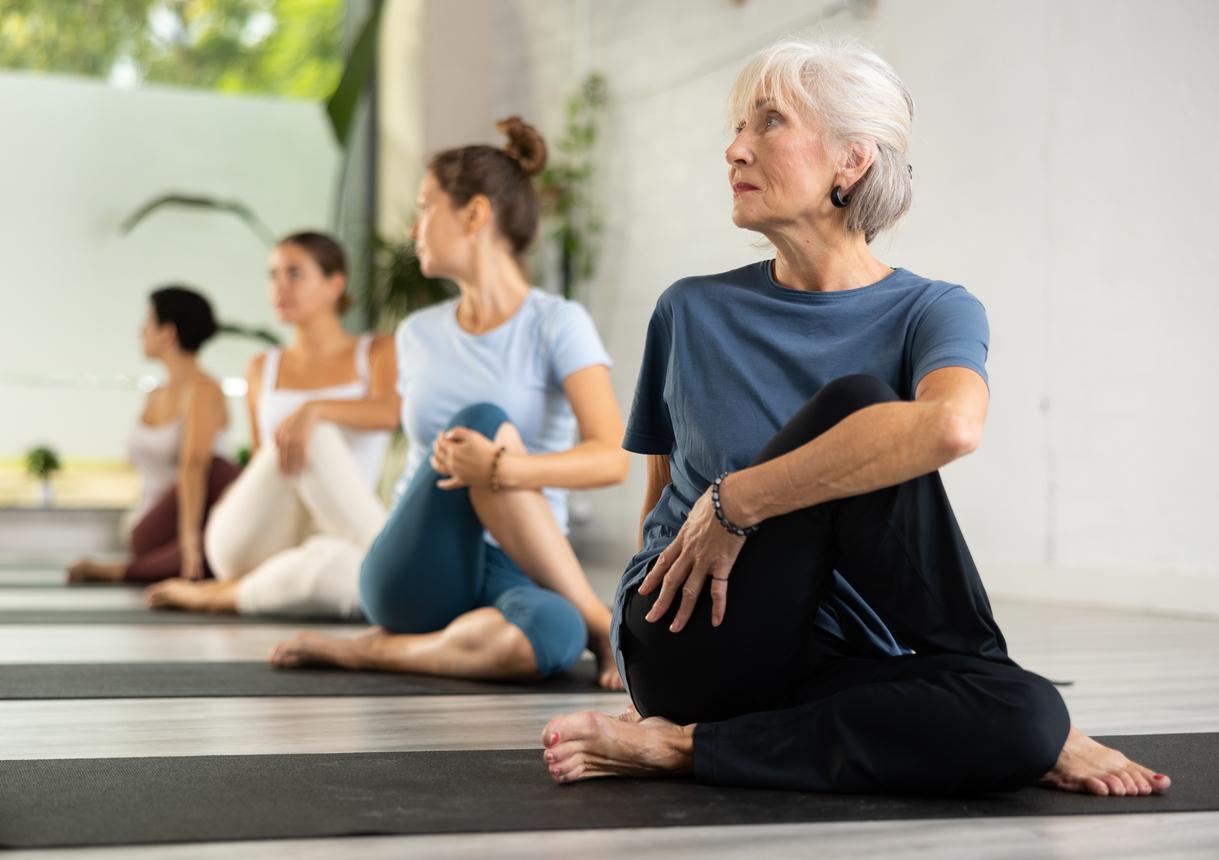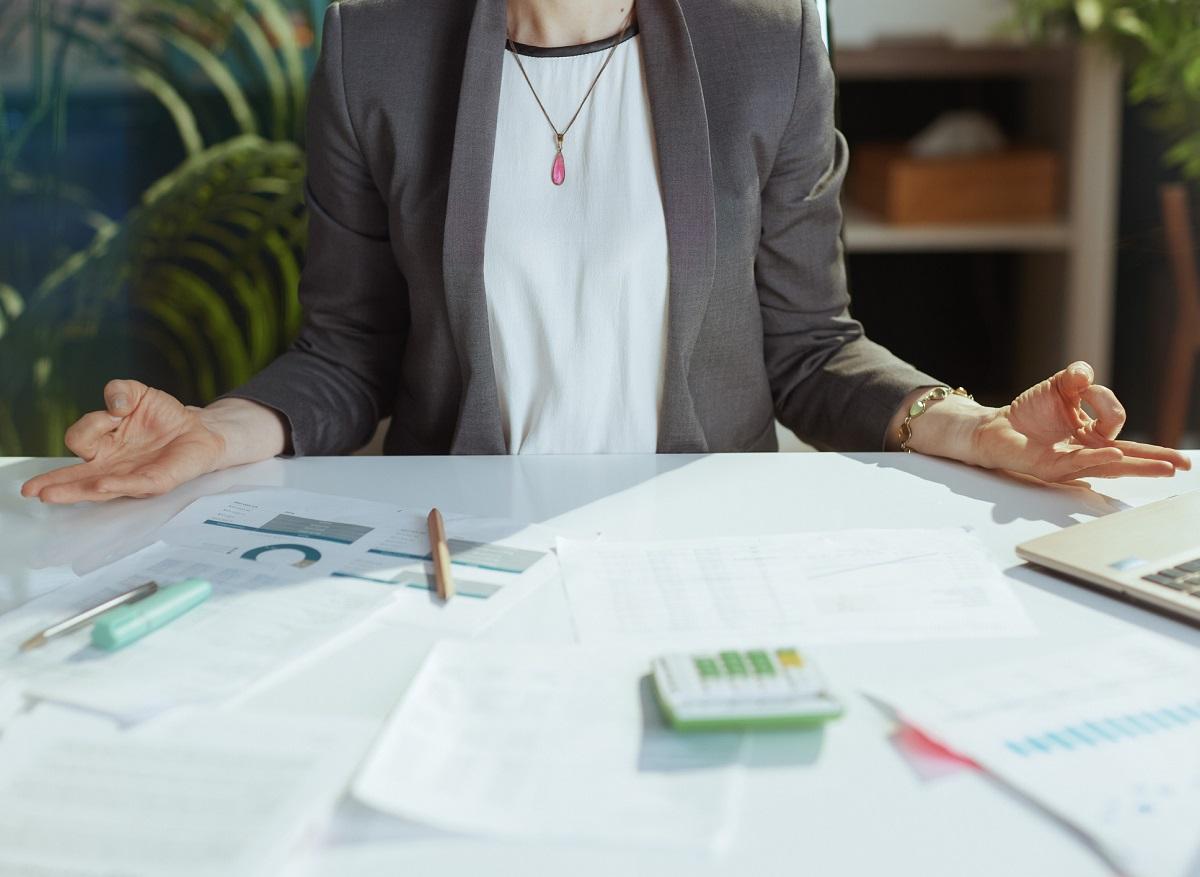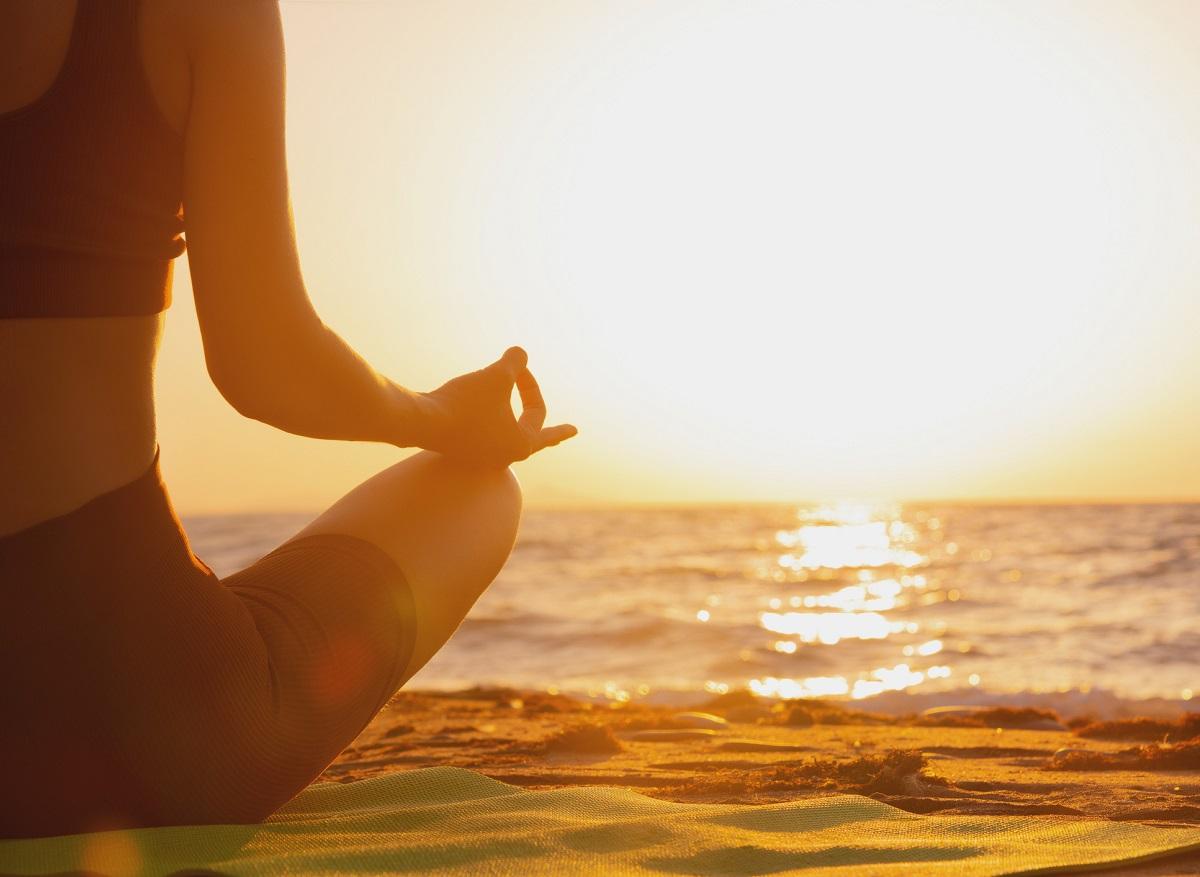Focusing on yourself and the present moment, easier said than done, right? This is why the meditation teacher of the Thermes Adour Group, Christine Lambert, gives us her instructions for successfully meditating.
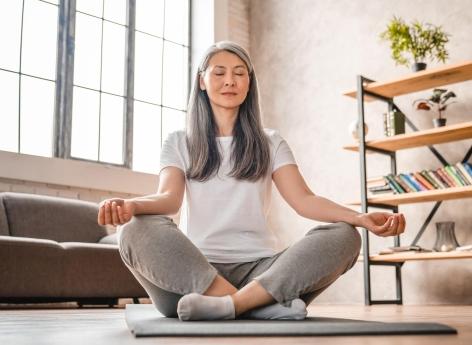
– Better Living Health: Where does meditation come from?
Christina Lambert: The first origins are found in India, Tibet and some Asian countries. An important heritage comes from India, which makes no distinction between yoga, meditation and Ayurveda. For 15 or 20 years, meditation has been more and more present all over the world, including Europe.
– What does it consist of?
This practice consists of connecting with oneself in the present moment. Many people are affected by their recurring thoughts. By meditating, they will be able to take a step back, because their mind is conscious but their body is not active. To facilitate detachment, we can focus on what is happening inside our body, for example the beating of the heart, the circulation of fluids, the coolness, the places where the air comes in and goes out. At the same time, we take stock, we try to see when our thoughts related to the past or the future arrive.
– What happens in the brain when we meditate?
When we meditate, we shut down the left brain. It is the most sought after in our society, because it is responsible for organizing tasks and generating thoughts. This will promote relaxation. Thus, the right brain is innervated. It allows us to connect with our deep being, to let go, to detach from blockages. The more we activate it, the more we will be able to balance the two hemispheres and reconnect with ourselves.
– When is meditation recommended?
Anyone who seeks to improve their well-being and their daily life can meditate. This practice is strongly recommended in case of psychosomatic diseases. In people who are stressed, anxious or have sleep disorders, this practice will activate cerebral relaxation. They will therefore be more serene, which will promote sleep. For adults with fibromyalgia, meditation helps to better manage pain, because it allows you to have a higher vision of things and to put things into perspective. In addition, the visualization technique improves pain management.
– In practice, how does it work?
It is recommended to meditate every day for this to be effective. To succeed in doing this, it is advisable to sit on the ground, for example on cushions, or on a chair in a quiet room in order to feel its anchorage. It is necessary that the pelvis is well raised to avoid any tension, that the spine and the shoulder blades are well aligned and that the top of its skull is well erected. This allows the energies to flow properly. The arms should be relaxed, the hands resting on the thighs or in the lap, ie a part of the body from the waist to the knees when seated. The gaze is lowered. Clearly, you should not close your eyes, but leave them ajar so as not to fall into drowsiness, which is a state of non-vigilance. The mouth should also be a little open. As for the chin, it is tucked in to help align the spine.
The first session can be special, because you can face joint pain, psychological blockages, a desire to scratch or even impatience. This can discourage us from meditating. In order to avoid this and achieve deep relaxation, it is advisable to focus on our breathing, namely our vital energy. For this, we focus on the comings and goings of our breath and on the way we breathe in order to detach ourselves from our thoughts. Another option: listen to specific music in order to connect with the sounds.
– How often should we meditate?
When you’re just starting out, don’t put too much pressure on yourself and don’t feel guilty. For this practice to be effective, it is necessary to meditate daily. We can do it for only three minutes every day and then longer and longer. It is better to resort to meditation for five minutes a day than 30 minutes once a week.
It should be known that, to meditate, it is not obligatory to sit on the ground or on a chair. For example, people may do this when brushing their teeth focusing on what is going on in their mouth, when washing dishes focusing on the foam, the sound of water, or the waste being washed away. . Other possible times: in the shower, being attentive to the temperature of the water, or during a meal, chewing gently and analyzing how the food passes through the body.
– How to successfully meditate if you are too down-to-earth?
If a Cartesian person makes the approach to come, it means that there is an opening and that he is curious. If there is no will, meditation will not work, but she can turn to sophrology or qi gong for example.
– In this case, should we use meditation applications?
It’s a good start. Many people have taken up meditation thanks to the Petit Bambou application, because it is simple and the sessions only last five minutes a day. As soon as an application offers long and complicated sessions, it is better to stop using it. After meditating several times using an app, one can look for a group and a professional.
– You give meditation lessons to toddlers. We know that children get bored and are quickly distracted. How do you capture their attention?
Children have an advantage: they have fewer recurring thoughts. Usually, for two minutes of sound therapy, which is sound and vibration therapy, I ask them to lie down. They listen to the sounds of gongs or Tibetan bowls which intrigue them and capture their attention. Then I tell them to focus on their breath and their swelling belly, which makes them laugh. As with adults, toddlers can reap the benefits of meditation if they do it every day.








